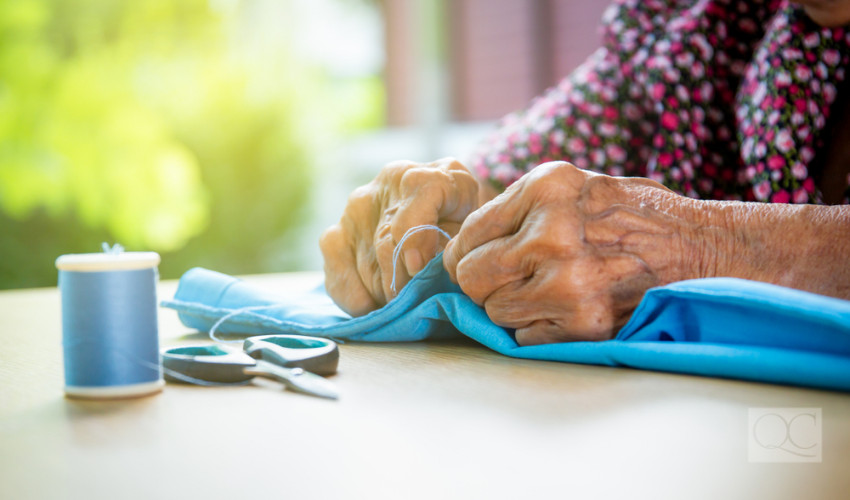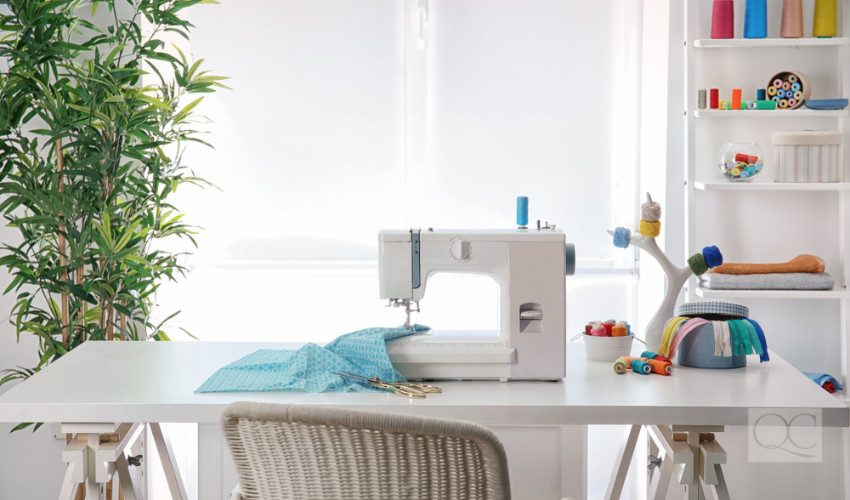Starting your professional organizer training is a step in the right direction—you’ll be helping to make your clients’ lives much easier and more manageable in no time! So, what will your course assignments look like? And is an online professional organizing course as beneficial as in-class? Let’s run through how these courses work together…
First, your online training is extremely hands-on! Yes, you’ll submit your assignments online—but you’ll have to do the work in real life. Practical and theoretical assignments make up the base of your training! Once you finish all of your assignments, you’ll be receive your pro organizer certification. The more practice what you learn, the sooner you’ll be a whiz with any client you encounter!
Professional Organizing Course Assignment Preview
To give you a taste of just how a theoretical assignments works in your online professional organizing course, have a quick look at an assignment preview. Now, this assignment has information AND questions built into to it. But, for our purposes, this will give you a sneak peek at the type of skills you’ll develop in Unit D of the course:
Scenario
Client Name: Mrs. Reese
Goal: Create a dedicated sewing room in her home
Special considerations:
- Mrs. Reese is an elderly woman whose husband recently passed away.
- She is rediscovering her love of sewing, thus requiring the new room.
- She has rheumatoid arthritis, osteoporosis, and poor eyesight.
- She has limited mobility and struggles to climb the stairs and bend down.
Let’s jump into the first encounter:

When you first visit Mrs. Reese’s home, you notice that furniture is crammed in every room and items are placed on every available surface. Her late husband’s shoes are still by the front door and his clothes are hanging in the closet. Mrs. Reese confides in you that she has a tendency to hold onto things. You assure her that you will gladly help her to sort through her belongings and to find a good home for any items she is willing to part with. Remember that your overall goal is to clear enough space to set up a sewing room.
Questions
1. Based on the client profiles discussed in Unit D: Understanding Disorganization, which client type(s) would Mrs. Reese be classified as? Explain your reasoning.
For this question, you should review your previous lesson on client interactions. It will refresh your memory on how to handle the first client meeting by recognizing the type of client you’re working with.
2. Based on your knowledge of Mrs. Reese and her current situation, how do you think she will respond to throwing out items that belonged to her late husband? Briefly explain how you would approach this situation in a considerate and sensitive manner.
Approaching and speaking to your clients in a manner designed for their specific personality is a crucial skill for organizers to master. For example, if you’re dealing with a client who has a hectic life they could be prone to stress—you’re there to help, not to stress them out more! Focus on what you would say to the client as well as how you would proceed with the client.
Remember, just because your client tends to hold onto things doesn’t necessarily mean they’re a hoarder!

3. How would you help Mrs. Reese to part with excess items that have low emotional value, such as old books, excess dishware, etc.? Remember that Mrs. Reese is reluctant to let go of clutter.
Decluttering a home from top to bottom can seem like an impossible task. It’s your job as a professional organizer to help them zero in on problem areas first. Help them divide up their space into manageable areas for decluttering. It’s part of your job to help them reframe and re-prioritize objects in their mind. Start by asking them why they wish to keep the items in the first place.
By taking a compassionate, non-judgemental stance, you can help your client work through the reasons why they keep clutter in the home. From there, you can clear out unnecessary items and make room for new hobbies and interests.
4. Identify two ways you would organize the sewing room to accommodate Mrs. Reese’s physical limitations and to ensure she can easily access everything in the room.
Due to Mrs. Reese’s old age, you may need to have some knowledge of aging in place design. Aging in place design focuses on how to optimize a senior homeowner’s space so that it can continue to serve them as they grow older. Give consideration to her eyesight and mobility especially in relation to her medical conditions!
Overall, your theoretical assignments will involve a lot of looking through previous lessons and assignments. You want to make sure you have the right answers for every client and situation, so keep your course materials on hand! It’s always worth it to flip back a few pages to refresh your memory.


